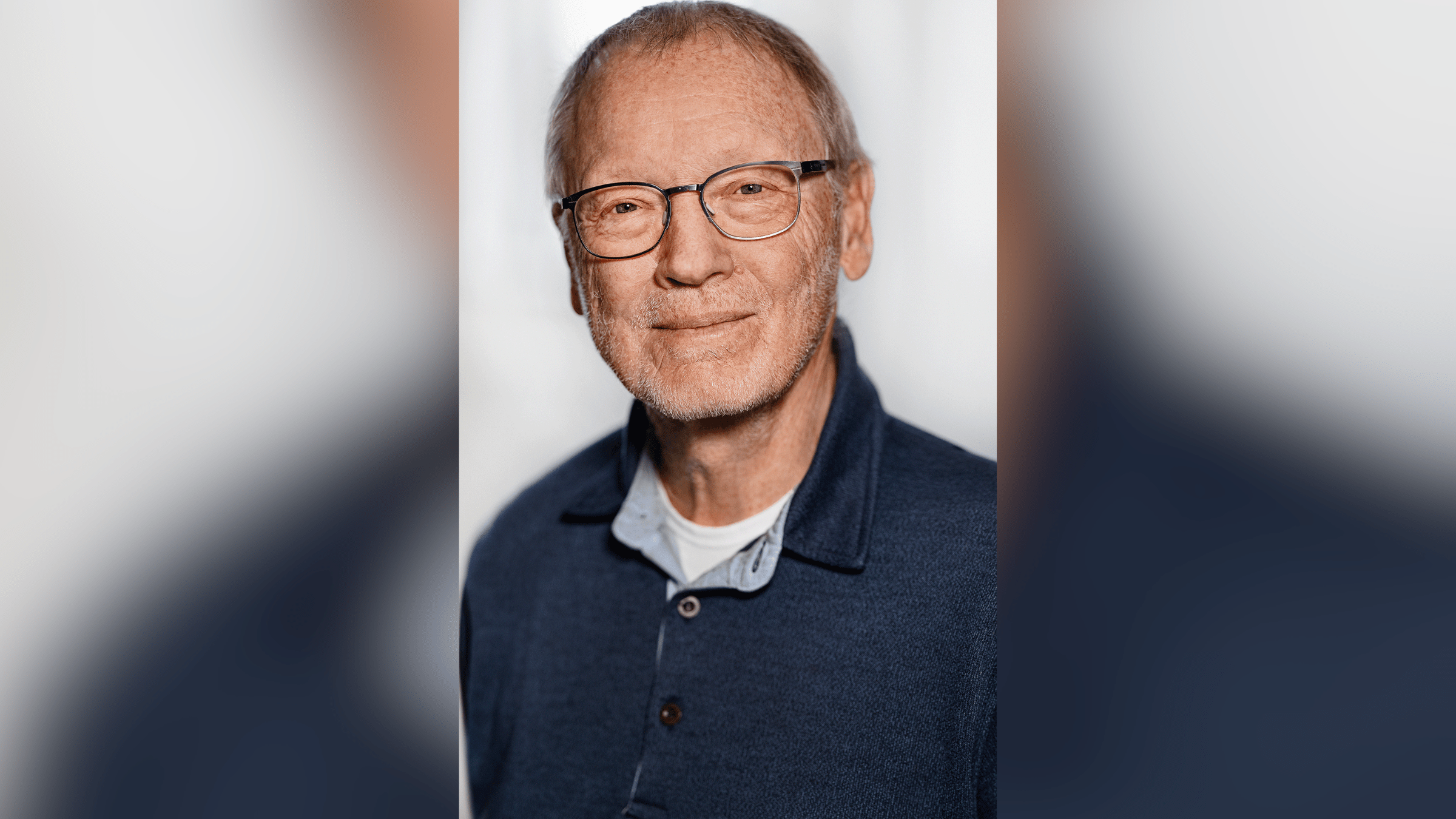When you purchase through radio link on our site , we may clear an affiliate commission . Here ’s how it function .
The 2017Nobel Prize in chemistrywas award to three scientist for their work in make 3D images of life-time ’s molecular machinery .
Because of the achievement of this year ’s laureate , Jacques Dubochet , Joachim Frank and Richard Henderson , scientists can now stop dead biomolecules ( such as proteins ) mid - movement and image them at an atomic resolution , allot to Nobelprize.org .

Cryo-electron microscopy produced this 3D image of the Zika virus.
With thiscryo - electron microscopy , research worker can " project processes they have never previously see , which is decisive for both the basic understanding of life ’s chemistry and for the development of pharmaceutical , " allot to Nobelprize.org .
Before body of work by this trio , scientist thought that negatron microscopes could be used only on all in stuff , as the strong negatron beam ruin biologic samples . But in 1990 , Henderson , of the MRC Laboratory of Molecular Biology in Cambridge , England , did just that when he produced a 3D image of a protein using an electron microscope .
Columbia University ’s Frank took this technology a step further between 1975 and 1986 ; he was able to take the two - dimensional images generated by an electron microscope and coalesce them to create a acute , 3D structure .

Dubochet , a professor at the University of Lausanne in Switzerland , sum up water to the mix . Typically , in an negatron microscope , water will cause biomolecules to burst . But in the early eighties , Dubochet cooled urine so quickly that it solidified around a biological atom . In that way , the particle retained its natural shape .
According to Nobelprize.org , after presenting his newfangled strategy , in 1975 Frank said , " If such method were to be perfected , then , in the words of one scientist , the sky would be the limit . "
The three scientists will share the 9 million Swedish Icelandic krona ( $ 1.1 million ) prize .

earlier published onLive Science .
















